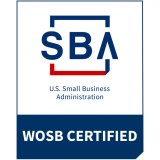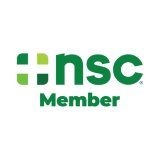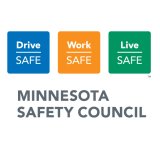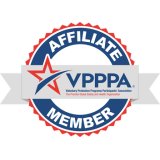Choosing Hearing Protectors
There are many factors that go into choosing suitable hearing protectors for your workplace. While noise reduction is an important feature, it's a given that individuals will not wear a hearing protector unless it's comfortable, convenient, compatible with other personal protective equipment, and allows effective communication in the workplace. Follow these tips for selecting a variety of hearing protectors that are well-matched to your workplace.
1. Determine how much noise reduction you need
There's no question that repeated and long-term exposure to loud sounds can result in permanent noise-induced hearing loss and other complications such as tinnitus (ringing in the ears) and difficulty communicating in background noise. It's important to offer a variety of hearing protectors that provide adequate noise reduction for an individual's noise exposure. Many companies mistakenly believe that the higher the noise reduction, the better. This is not the case. Instead, it's essential to identify hearing protectors that provide an appropriate amount of noise reduction, not too little but not too much either. Too much protection, or "overprotection," occurs when a hearing protector reduces sounds to such low levels that it's difficult for the wearer to understand conversations and/or hear important sounds around them. And an inability to hear warning signals or verbal messages can keep workers from performing their jobs safely and efficiently.
So first, run the numbers to determine which hearing protectors are appropriate for your jobs/noise exposures. Keep in mind that the majority of noise exposures in industry only require about 10 dB of noise reduction.
Access CavCom‘s noise reduction calculator and check out our noise reduction resource section for more information.
Remember that real-world protection depends on a good fit and seal of the ear, and consistent use whenever exposed to noise. The best way to determine if the individual is able to achieve an appropriate amount of protection is to conduct individual hearing protector fit testing.
Learn more about Fit Testing as a best practice for hearing conservation programs.
2. Make communication a priority
No-hear-3How many times have you seen employees break the seal of an earplug or earmuff because they can't communicate in the workplace? Not only are these workers at risk of exposing themselves to hazardous noise, but communication typically is much more difficult when introducing loud background noise. In a work environment, failing to comprehend important messages can result in severe consequences. Safety and productivity depend on workers' ability to collaborate, problem-solve, and react quickly to emergency situations. Difficulties can be exacerbated by existing hearing impairment. For these reasons, seek out new technologies that can enhance communication and audibility in the workplace.
Learn more about facilitating effective two-way communication in noisy environments.
Explore accommodations to help workers who are hard of hearing.
3. Address user-friendliness and comfort
TTYE-HalfMask-d4984In addition to reducing potentially harmful noise, it's important to consider hearing protector features that influence user-friendliness and comfort. Whether workers stay in one area or are in and out of noisy areas throughout a day may impact their choice of a hearing protector. As example, a foam earplug might make sense if it stays in the ear for hours, but cleaning hands and rolling down foam can quickly become inconvenient for those who rotate in and out of noisy areas throughout the workday.
Next, it is important to keep in mind that hearing protectors are rarely worn in isolation. In the real world, hearing protectors are worn in conjunction with safety glasses, hard hats, respirators, and other protective clothing or equipment. Best practice includes having your employees suit up with all of their gear when fitting a hearing protector to cross-check compatibility.
It's often said that the "best" hearing protector is the one the worker wears correctly and in a reliable manner. Both scientific research and real-world experience show when hearing protectors are not comfortable, workers avoid wearing them properly and consistently throughout the workday. Often overlooked, but comfort and convenience are essential considerations when selecting a variety of hearing protectors for a given work area or job.
Learn more about improving comfort and convenience.
The bottom line for your hearing protection offerings - it's essential to make available several suitable hearing protector options. Remember personal preference is key, and workers must be able to choose the hearing protector they like best and that meets the needs of their job. Lastly, to ensure your hearing protection program is a success, place an emphasis on individual fitting and training for long-term results.
Contact CavCom for help finding the hearing protectors that are best for your workplace.
| Categories: | Hearing Conservation Programs, Hearing Protection |





